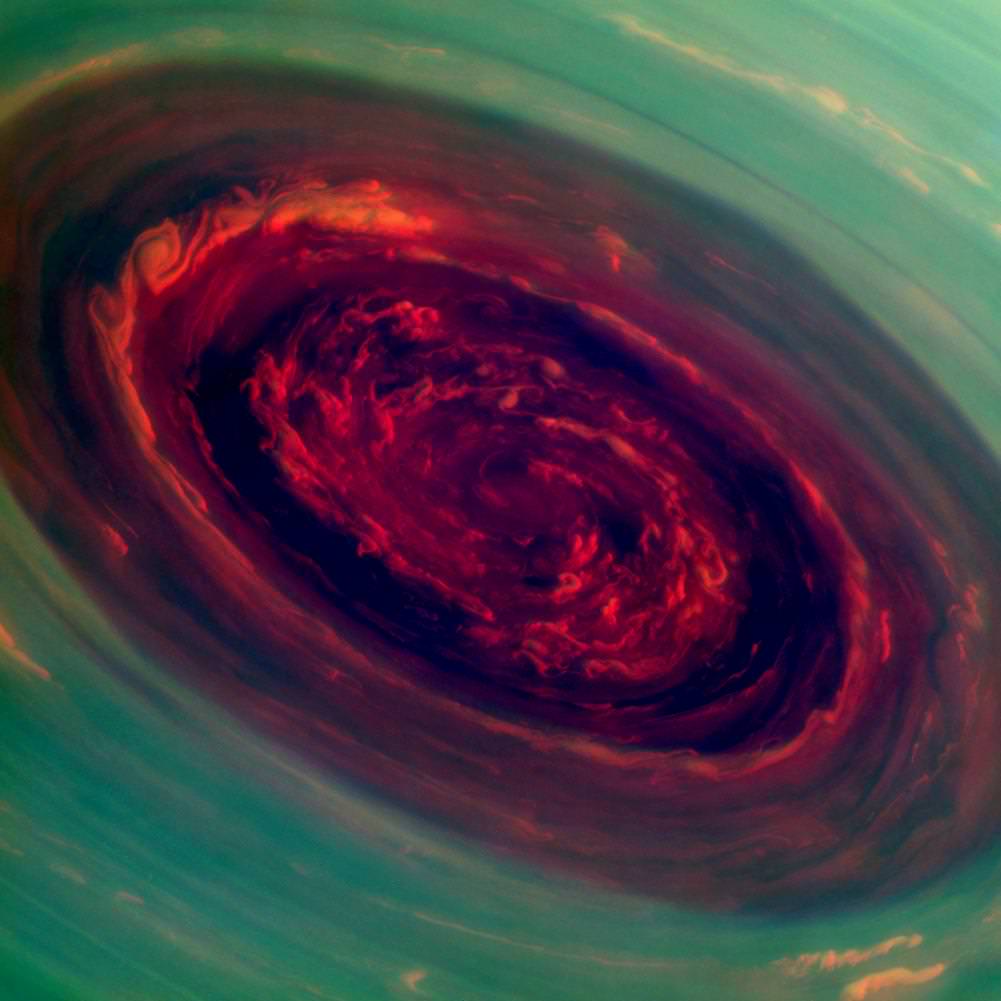With the
premiere of the revamped "Cosmos" series
, NASA used this opportunity to showcase the imagery and missions that are such a big part of our explorations of the Universe, live-Tweeting during the show:
As seen on #Cosmos: @NASAVoyager, which is currently exploring interstellar space http://t.co/yJyDulqbEZpic.twitter.com/zcmea6d6ms — NASA (@NASA)
The
Goddard Space Flight Center Flickr page
featured a gallery of images from the cosmos, many which are part of the "Cosmos" series. See a sampling of great images below:
[caption id="attachment_110207" align="aligncenter" width="580"]
This mosaic of M31 merges 330 individual images taken by the Ultraviolet/Optical Telescope aboard NASA's Swift spacecraft. It is the highest-resolution image of the galaxy ever recorded in the ultraviolet. The image shows a region 200,000 light-years wide and 100,000 light-years high (100 arcminutes by 50 arcminutes).
Credit: NASA/Swift/Stefan Immler (GSFC) and Erin Grand (UMCP)[/caption]
[caption id="attachment_110208" align="aligncenter" width="540"]
NASA's IMAGE Spacecraft View of Aurora Australis from Space. Credit: NASA.[/caption]
[caption id="attachment_110209" align="aligncenter" width="580"]
On August 31, 2012 a long filament of solar material that had been hovering in the sun's atmosphere, the corona, erupted out into space at 4:36 p.m. EDT. The coronal mass ejection, or CME, traveled at over 900 miles per second. The CME did not travel directly toward Earth, but did connect with Earth's magnetic environment, or magnetosphere, causing aurora to appear on the night of Monday, September 3.
The image above includes an image of Earth to show the size of the CME compared to the size of Earth.
Credit: NASA/GSFC/SDO[/caption]
[caption id="attachment_110200" align="aligncenter" width="568"]
This planetary nebula's simple, graceful appearance is thought to be due to perspective: our view from Earth looking straight into what is actually a barrel-shaped cloud of gas shrugged off by a dying central star. Hot blue gas near the energizing central star gives way to progressively cooler green and yellow gas at greater distances with the coolest red gas along the outer boundary. Credit: NASA/Hubble Heritage Team[/caption]
[caption id="attachment_110210" align="aligncenter" width="580"]
This Hubble photo is of a small portion of one of the largest seen star-birth regions in the galaxy, the Carina Nebula. Towers of cool hydrogen laced with dust rise from the wall of the nebula. Credit: NASA, ESA, and M. Livio and the Hubble 20th Anniversary Team (STScI).[/caption]
See more great images at
Goddard's Flickr page
, and
NASA's Image of the Day gallery.
 Universe Today
Universe Today
